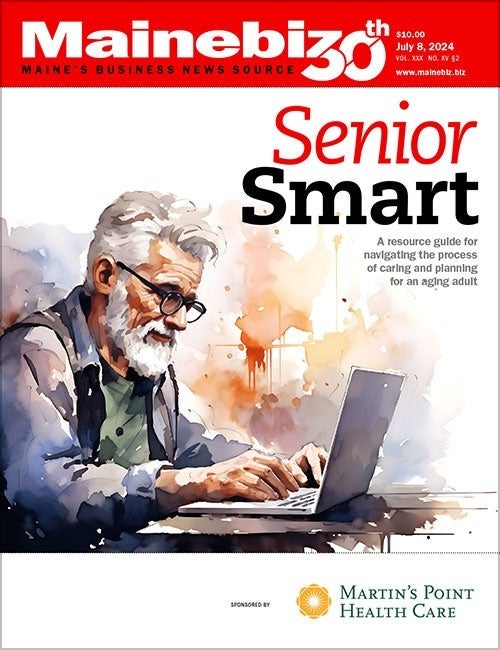Innovation linked to education, R&D spending: report
Maine has made considerable progress in higher education attainment and research and development investments relative to the nation since the late 1990s, but it still has far to go to stimulate those and other drivers of both innovation and personal income, according to the most recent edition of Maine Policy Review released online Wednesday.
“A state’s per capita income is strongly associated with the educational attainment level of its population and with R&D expenditures by businesses, universities and colleges, and research institutions,” wrote Evan Richert, the town planner for Orono who was the former director of the Maine State Planning Office under Gov. Angus King.
He noted that R&D expenditures appear to be a surrogate for innovation in products and processes in a state’s economy, and in that light, Maine businesses need to almost double R&D spending and government needs to make an annual financial commitment to R&D.
Richert wrote one of the articles in the edition, which focuses on innovation. The journal is published twice a year by the Margaret Chase Smith Policy Center at the University of Maine and the Margaret Chase Smith Foundation.
Richert noted the State Planning Office 13 years ago projected that the state’s low per capita income would reach the national average if 30% of the state’s adults had at least four-year degrees and if businesses, academia and government spent $1,000 per employed worker on R&D.
The 30% and $1,000 numbers come from the Maine State Planning Office’s 2001 report that culminated a three-year ramp-up of the state’s contributions to R&D. Those included a $20 million bond approved by voters in November 1998, an expanded Seed Capital Tax Credit Program to stimulate angel investing in early-stage businesses, establishment of the Maine Technology Institute in 1999 and other measures.
Today, however, to get Maine’s per capita income on par with or exceeding that of other states, more investment is needed. While Richert said 30% of adults still will need to have four-year degrees, R&D spending must be increased to $1,600 per employed worker. Industry needs to provide about 70% of those R&D expenditures, he wrote.
That $1,600 per employee translates into about $1 billion spent annually on R&D by businesses, academia and government in Maine.
Richert wrote that businesses need to nearly double efforts to reach their share of the contribution, which in turn will require continued retooling of traditional industries and the emergence of new, high-performing R&D businesses. He also recommended that state government commit 5% to 7% annually of the total R&D financial requirement.
“As far as Maine has come, it has that much farther still to go, especially in the retooling of legacy industries for innovation and the development of new business sectors that are high R&D performers,” Reichert concluded.
Other articles in the issue are by Jake Ward, vice president for innovation and economic development at UMaine; David Kappos, a lawyer who was the former undersecretary of commerce for intellectual property and director of the U.S. Patent and Trademark Office from 2009 to 2013; Catherine Renault, an innovation policy consultant who was the former director of innovation and science advisor to Gov. John Baldacci; entrepreneur Kerem Durdag, CEO of advanced materials company Biovation II LLC; and economist John Dorrer, who in his article assessed whether Maine’s workforce has the skills needed for an innovation economy.











Comments